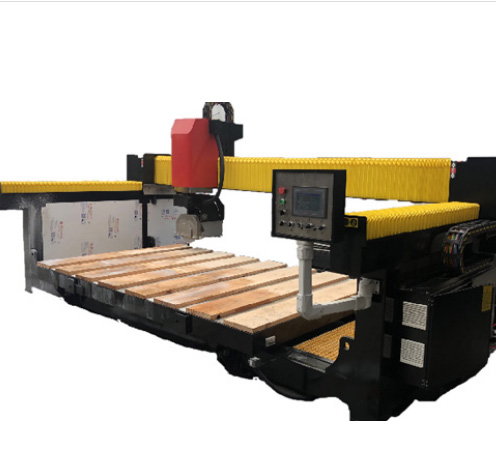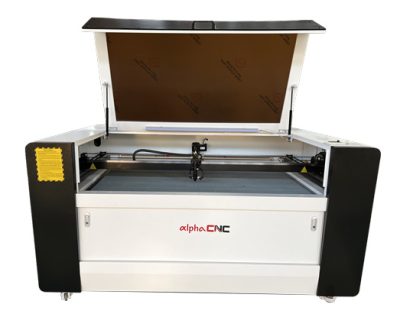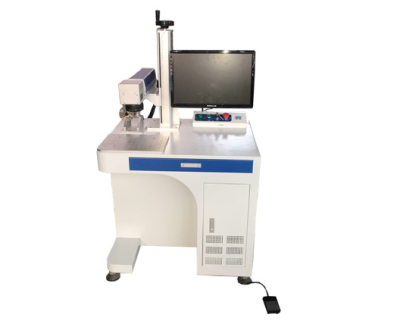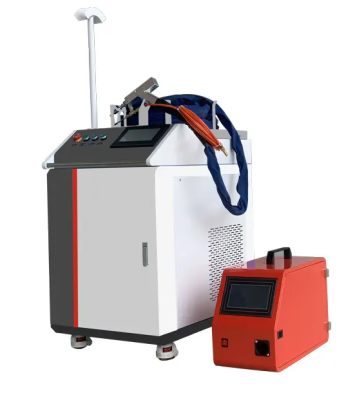Bridge Cut Saw
A bridge cut saw is a machine commonly used in the stone and construction industries to cut large stone slabs with precision and efficiency. Its bridge-like structure and diamond sawblade enable precise cuts across the full length and width of the stone, making it an essential tool for creating various stone products and architectural element
A bridge cut saw, also known as a bridge saw or bridge cutter, is a machine used in the stone and construction industries for cutting large stone slabs, such as marble, granite, or quartz. It is used for precise and efficient cutting of these materials to create various architectural and design elements, including countertops, tiles, and slabs.
The bridge cut saw is called so because it features a bridge-like structure that spans two support columns. This bridge houses the cutting mechanism and moves along the rails or tracks positioned on the support columns. The arrangement allows the saw to make precise cuts across the full length and width of the stone slabs.
The cutting mechanism of a bridge cut saw usually consists of a diamond sawblade attached to a motor-driven spindle. The sawblade uses diamond segments with varying grit sizes to efficiently cut through the hard stone material. The spindle can be adjusted for different cutting depths and angles, allowing for versatile cutting capabilities.
The operator positions the stone slab on a flat table beneath the bridge of the saw. The bridge then moves horizontally along the rails, while the sawblade vertically descends to make the cut. Some bridge cut saws also have the ability to tilt or rotate the stone slab for angled or curved cuts.
Bridge cut saws may also include additional features, such as water cooling or lubrication systems, to minimize heat and dust during the cutting process. These systems help to extend the life of the sawblade and improve the overall cutting efficiency.
Safety measures should be followed when using a bridge cut saw, as they can be powerful and potentially dangerous machines. Operators should wear appropriate protective gear, such as gloves, safety glasses, and ear protection, and follow the manufacturer's guidelines for safe operation.





